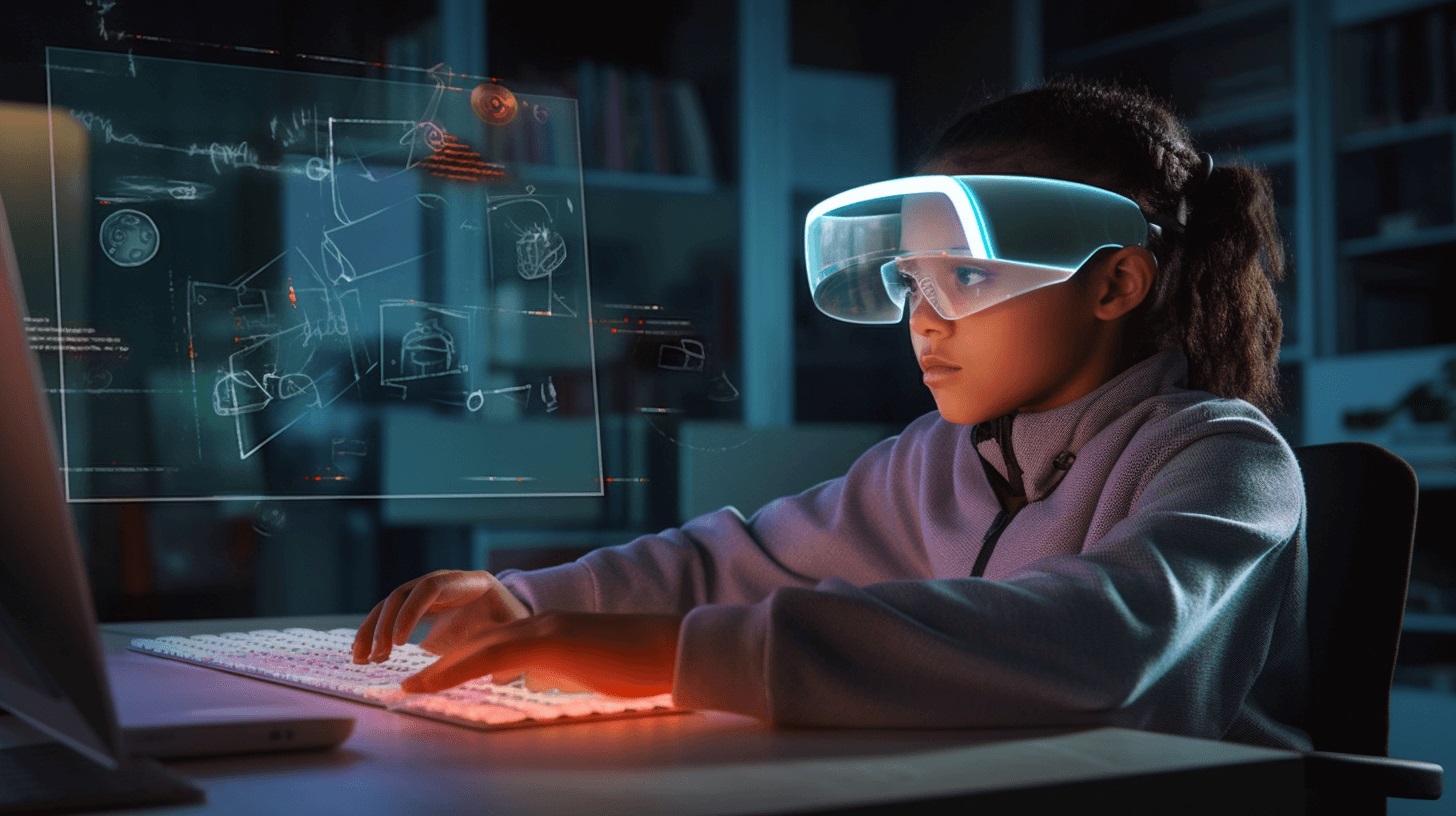Home>Latest News>Technology Trends>Augmented Reality: Revolutionizing Education


Technology Trends
Augmented Reality: Revolutionizing Education
Modified: September 5, 2024
Discover how augmented reality is transforming education and stay updated on the latest technology trends in the education sector. Explore the impact of AR on learning and teaching methods.
(Many of the links in this article redirect to a specific reviewed product. Your purchase of these products through affiliate links helps to generate commission for Techsplurge.com, at no extra cost. Learn more)
Table of Contents
Introduction
Augmented Reality (AR) is enhancing the real world by overlaying computer-generated content onto it. Although this technology has existed for some time, recent advancements have made it accessible on consumer-grade devices. Flash-based AR detection algorithms and the popularity of mobile platforms like iOS and Android have turned AR into a household term.
What is Augmented Reality?
AR projects computer-generated materials such as text, images, and video onto users' perceptions of the real world. Initially seen as a feature of science fiction, AR now combines real and virtual elements, creating interactive and immersive experiences. It can incorporate digital assets like audio, video files, textual information, and even olfactory or tactile information to enhance understanding of surroundings.
Applications in Education
Interactive Learning
AR makes learning interactive and immersive. Apps like Google Expeditions allow students to explore historical sites, visit distant planets, or dive into the ocean's depths. These experiences transform passive learning into active discovery.
Personalized Learning
AR supports personalized learning paths, allowing students to learn at their own pace and style. Augmented flashcards can adapt to a student's proficiency level, while interactive simulations respond to individual interactions. This tailored approach ensures educational content meets each learner's unique needs.
Accessibility
AR breaks down barriers in education, making learning more accessible to students with disabilities. It can provide visual, auditory, and haptic feedback to cater to diverse learning needs. For instance, students with visual impairments can interact with 3D models that emit sounds or vibrations to indicate different features.
Gamified Learning
Gamified learning through AR taps into our love for games, making education fun and rewarding. Students can earn points for solving math problems or advancing through history lessons, creating a competitive and engaging learning environment.
Current Trends in Education
Most Popular AR Applications
Frequently used AR applications in education include tablets, mobile devices, HoloLens, Magic Leap, and Google Glass. These technologies are used across different subjects, with a significant focus on medicine, engineering, and life sciences. For example, AR helps analyze electric actuators and physical manufacturing cells, providing hands-on experiences.
Validation Methods
Various validation methods ensure the effectiveness of AR educational applications. These include surveys, post-survey evaluations, and semi-structured interviews with teachers. The European Commission's EULALIA project used these methods to investigate AR's impact on foreign language learning and cultural knowledge, showing significant enhancements in learning effectiveness.
Impact of COVID-19 on AR in Education
The COVID-19 pandemic accelerated the adoption of AR in education. Remote learning and social distancing measures highlighted the importance of flexible educational technologies. AR apps and tools became essential for maintaining student engagement and ensuring continuous learning during lockdowns.
Future of AR in Education
Integration with Other Technologies
AR is likely to integrate with other emerging technologies such as Virtual Reality (VR) and Artificial Intelligence (AI). This integration will enhance the immersive and interactive nature of AR, providing more comprehensive educational experiences.
Personalized Learning Paths
As AI advances, AR will become even more adept at creating personalized learning paths. This will ensure each student receives tailored educational content that meets their unique needs, abilities, and learning styles.
Accessibility and Inclusivity
AR will continue to break down barriers in education by providing inclusive and accessible learning experiences. The technology will evolve to cater to diverse learning needs, ensuring all students can participate fully.
Gamification and Engagement
Gamified learning through AR will remain a significant trend, tapping into students' natural love for games and competition. This approach will continue to motivate students, making learning fun and rewarding.
Final Thoughts
Augmented Reality is transforming traditional learning methods into interactive and immersive experiences. From simplifying complex concepts to boosting student engagement, AR is reshaping the educational landscape. Its ability to provide personalized learning paths, break down barriers for students with disabilities, and integrate gamification elements makes it an essential tool for educators and institutions.
Educators and institutions should embrace AR technologies to enrich the learning experience, prepare students for a future where digital and physical realities blend seamlessly, and inspire new ways to educate. The future of education is bright, with AR leading this transformation.

